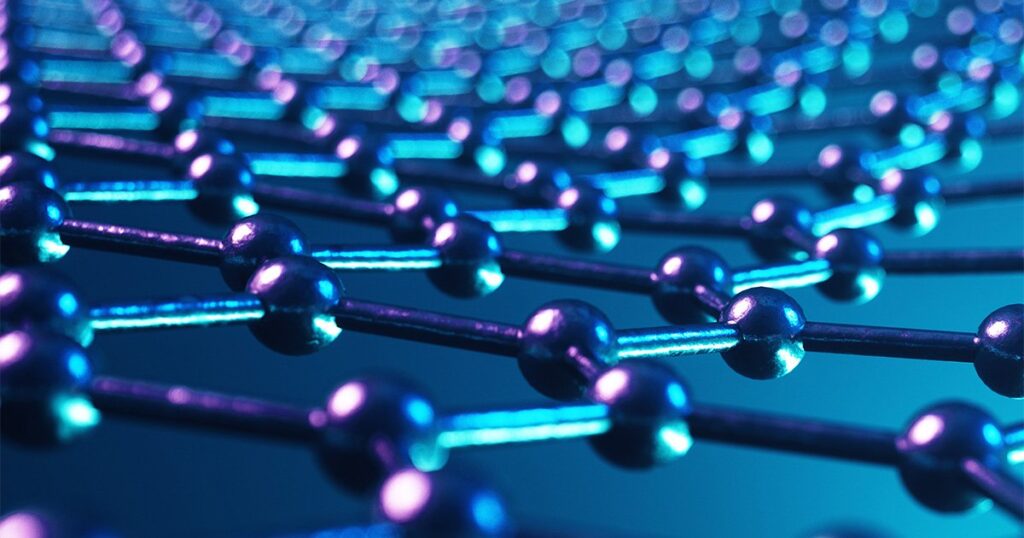
Researchers at the Yabu Laboratory within Tohoku University have achieved a significant breakthrough in carbon dioxide (CO2) reduction technology. They developed a novel electrocatalyst using cobalt tetraazaphthalocyanine (CoTAP), which exhibits a mass activity that is 3.77 times higher than that of traditional cobalt phthalocyanine (CoPc). This advancement offers a promising solution for transforming harmful CO2 emissions into valuable resources, addressing one of the most pressing environmental challenges of our time.
The electrochemical reduction of CO2 (ECR) is an innovative method that converts CO2 into useful compounds such as carbon monoxide (CO). This process is particularly advantageous as it can be powered by renewable energy sources, thereby contributing to the fight against climate change. Yet, the effectiveness of ECR hinges on the development of efficient catalysts. Current catalysts often rely on costly noble metals or other materials that do not provide sufficient selectivity or performance.
To overcome these challenges, the Yabu Laboratory previously explored two strategies involving the crystallization of inexpensive blue pigments, termed M-Pcs, on conductive carbon materials. These efforts successfully enhanced both the efficiency of CO2 conversion and the durability of the catalysts. Despite these successes, further enhancements in activity, durability, and mass activity were still necessary.
In this recent study, the Yabu team focused on enhancing the second strategy by applying it to pyridinic-N modified CoTAP. This specific modification has gained recognition for its potential in fuel cells and metal-air batteries. By replacing the four benzene rings in CoPc with pyridine rings, the team aimed to improve the electrostatic interactions between the catalyst and CO2 molecules, thus enhancing the adsorption at catalytic sites.
The research team proceeded to crystallize both pristine CoPc and CoTAP on the conductive carbon material Ketjen Black (KB). They then applied these materials onto gas diffusion electrodes and conducted ECR testing. The results were impressive: the CoTAP electrodes achieved a Faradaic efficiency exceeding 98% for CO2-to-CO conversion, facilitated high-rate electrolysis at current densities above 1 A/cm², and demonstrated durability for 112 hours at 150 mA/cm².
One of the key advantages of CoTAP lies in its lower electrical resistance and higher conductivity compared to CoPc, which contributes to its superior performance. As noted by Hiroshi Yabu, Director of the Yabu Laboratory, “Compared with previously reported M-Pc-based catalysts, CoTAP delivered outstanding results across all metrics, including maximum current density, turnover frequency, durability, mass activity, and Faradaic efficiency.”
This research not only highlights the potential of CoTAP as an effective catalyst but also emphasizes the opportunity to reduce reliance on expensive noble metals. By lowering the energy costs associated with CO2 utilization, the findings pave the way for the accelerated development of next-generation carbon capture and utilization technologies.
Published in the journal Small on September 30, 2025, this groundbreaking study presents a practical approach to converting waste CO2 into valuable resources. As society continues to seek solutions for a cleaner and more sustainable future, the advancements made by the Yabu Laboratory mark a significant step forward in the ongoing effort to mitigate climate change. The research paper is accessible under DOI: 10.1002/smll.202507824.







